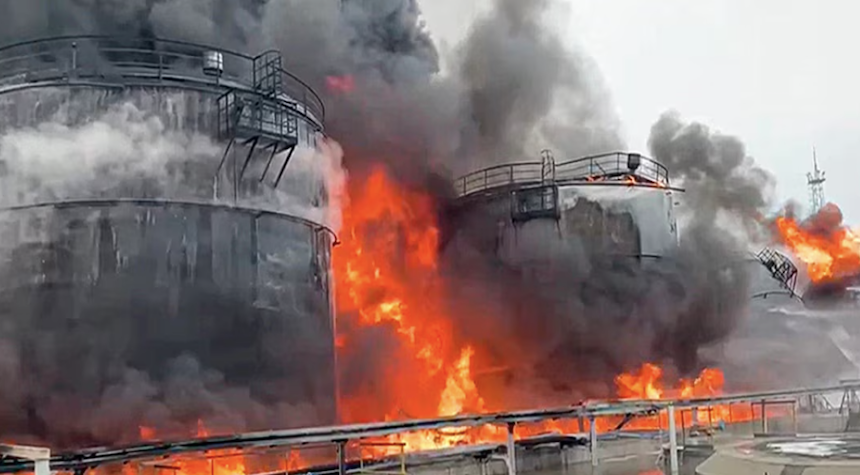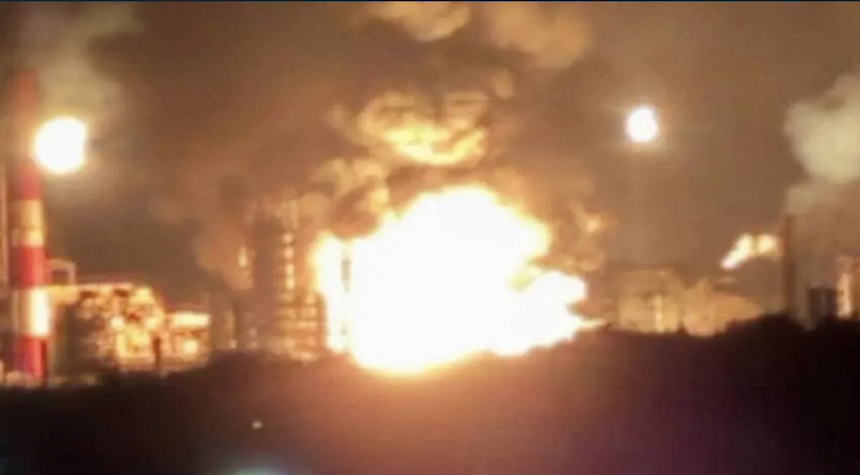Ukraine has escalated its campaign of drone strikes on Russian oil infrastructure, striking refineries over the past weeks and exacerbating fuel shortages across the country. For the past two years, Ukraine has been targeting Russian refineries and depots, but the frequency has heightened since early August, according to reliable sources.
The country’s officials have reported over a dozen strikes on refining and distribution sites in the past month. This includes the Aug. 30 attacks on facilities in Krasnodar and Syzran in the Samara region. Both sites, which supply fuel to Russian military units, have been struck multiple times, reports The Economist. These operations have been confirmed by the commander of Ukraine’s Unmanned Systems Forces, Robert “Madyar” Brovdi.
Also Read: North Korea’s Kim Travels to China to Join Xi and Putin at Beijing Military Parade
According to independent estimates, up to 20% of Russia’s refining capacity has been disabled, cutting over 1 million barrels a day of output, predominantly gasoline. The impact is palpable nationwide. Motorists are faced with fuel shortages, long queues, and record prices. Wholesale gasoline prices have surged 54% since January, pushing authorities to suspend exports and enforce rationing in some regions.

Russia’s budget deficit has ballooned to $61.4 billion in the first seven months of the year, nearly 3% of the nation’s annual GDP. The August strikes, according to analysts, were larger and more sophisticated than the previous attacks. Sergey Vakulenko of the Carnegie Russia Eurasia Centre, a former Gazprom Neft executive, noted that Ukrainian drones are now more numerous, navigate more effectively, and frequently overwhelm Russian air defenses.
The timing of these strikes coincides with peak summer demand and the harvest season, adding to the pressure. Vakulenko pointed out that “tens of millions of Russians live west of this arc,” where shortages have been acute. Reports of scarcity have also emerged from Russian-occupied Crimea and Vladivostok in the far east.
Ukraine’s increased drone production has made this campaign possible. The FP-1 long-range “kamikaze” drone, introduced in May, now accounts for about 60% of strikes inside Russia. Despite a price tag of about $55,000, it is reported to be equipped with advanced guidance software that maintains accuracy under electronic jamming. Ukraine has also deployed heavier Lyutyi drones.
While Vakulenko describes the situation as “challenging but manageable” for Russia, British strategist Sir Lawrence Freedman warned that continued refinery strikes could ratchet up economic and military pressure. “By itself it will not be decisive, but in combination with a weakening economy and Ukrainian forces holding back Russian advances, it will add to the pressure on Putin,” he said.

